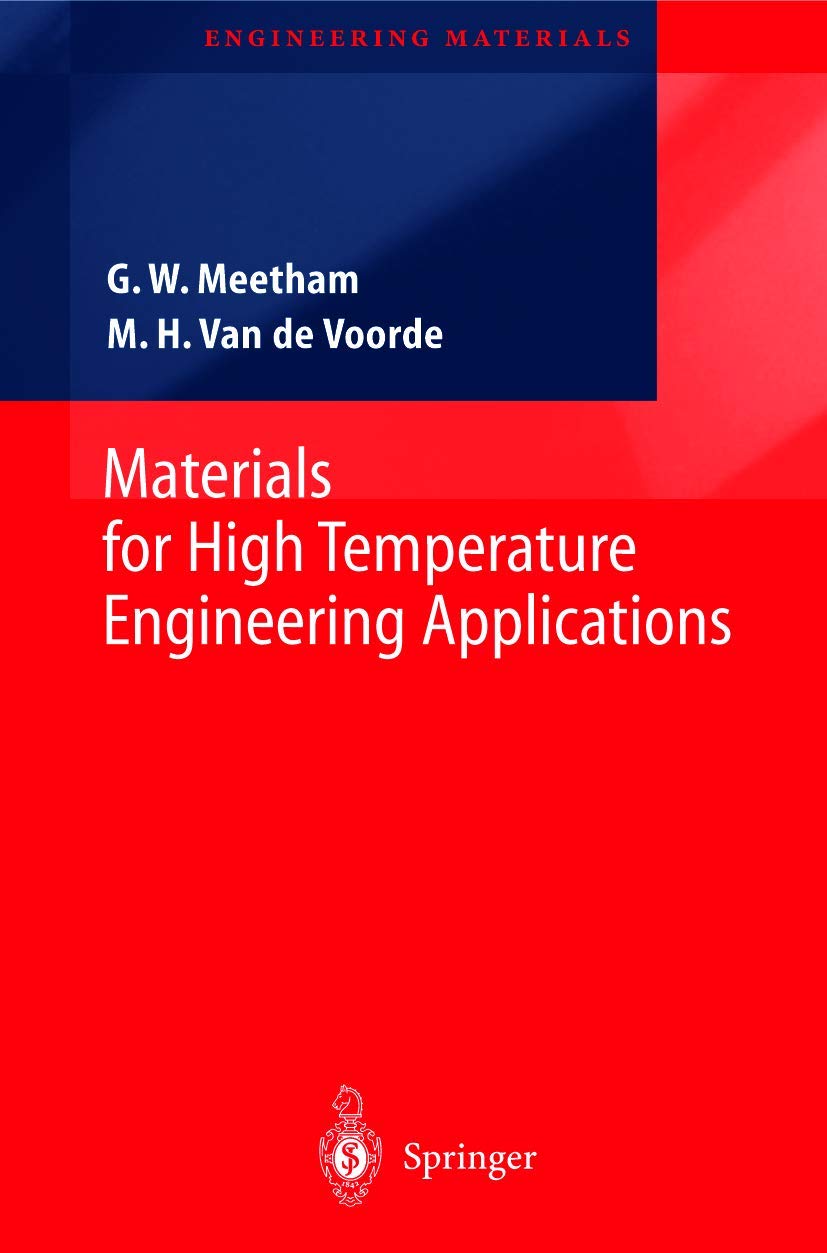Materials for High Temperature Engineering Applications (Engineering Materials)
Materials for High Temperature Engineering Applications (Engineering Materials) is backordered and will ship as soon as it is back in stock.
Couldn't load pickup availability
Genuine Products Guarantee
Genuine Products Guarantee
We guarantee 100% genuine products, and if proven otherwise, we will compensate you with 10 times the product's cost.
Delivery and Shipping
Delivery and Shipping
Products are generally ready for dispatch within 1 day and typically reach you in 3 to 5 days.
Book Details
-
Publisher: Springer
-
Author: G.W. Meetham
-
Language: English
-
Edition: Softcover Reprint of the Original 1st Edition (2000)
-
ISBN: 9783642631092
-
Pages: 164
-
Cover: Paperback
-
Release Date: 01-11-2012
-
Format: Illustrated
-
Dimensions: 9.0 x 5.9 x 0.5 inches
-
Part Number: 82 black & white illustrations, biography
About The Book
The Evolution of the Theory of the Electromagnetic Field by G.W. Meetham offers a detailed historical account of the development of electromagnetic field theory, tracing its origins and key milestones in the journey to modern understanding. This softcover reprint of the original 1st edition (2000) provides a well-structured narrative for readers interested in the history of physics, particularly the theoretical aspects of electromagnetism.
The book covers the foundational contributions of early scientists and the gradual evolution of ideas that led to the contemporary understanding of the electromagnetic field. Through a series of biographical sketches and historical analysis, Meetham explores the work of key figures in the field and their role in shaping electromagnetic theory.
With 164 pages and 82 black-and-white illustrations, this work offers a visually supported and engaging exploration of one of the most important concepts in physics. This text is ideal for students and scholars with an interest in the history of science, as well as those looking to deepen their understanding of the development of physical theories.





